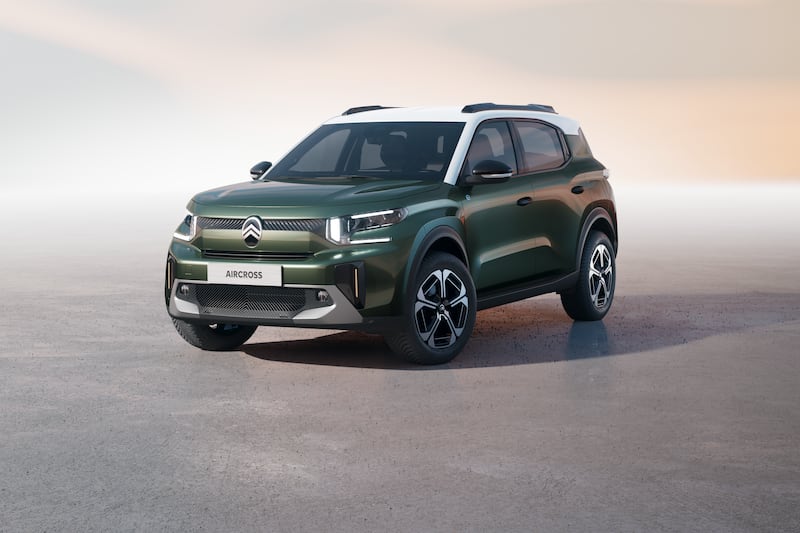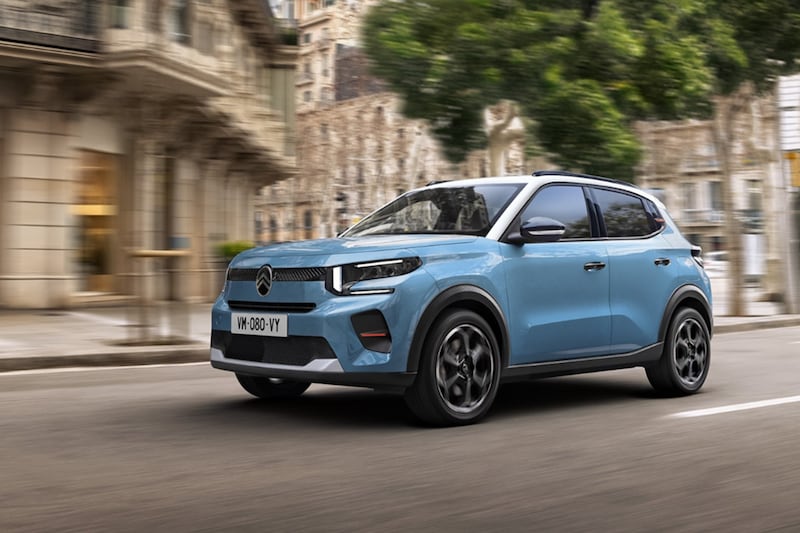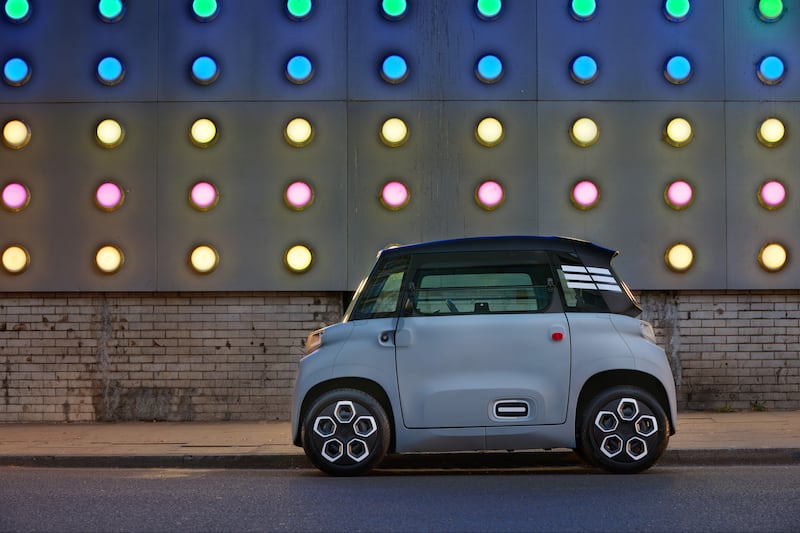IT has been a while since I've driven a new car able to turn as many heads as the Citroen C4 Cactus.
The Cactus is a "what is it?" car. It's the sort of wagon that prompts complete strangers to wander in your direction and interrogate you about who makes it, how much it costs and, of course, why it looks the way it does.
And it's hard to get past the styling, which is truly distinctive. In silhouette, the Cactus is interesting enough, but in its three dimensional glory it is properly intriguing.
The details are wonderful: roofbars that look like upturned ice skate blades; novel daytime running lights and headlamps; liberal use of rugged plastic cladding; and, most obviously of all, the bumpy door panels.
They are meant to look like that. Citroen calls them Airbumps: using the same thermoplastic polyurethane used elsewhere on the exterior, a series of air-filled pockets are stuck to the Cactus's flanks.
The idea is that it gives the car a suit of armour against the sort of bumps and scrapes common in car parks and where doors are carelessly flung open.
Think of it as bubble wrap for your car. I'm not convinced that this is the most pressing problem facing 21st century car designers, but it does show that a lot of imagination and unconventional thinking has been invested in the Cactus.
It continues inside, which is similarly striking. The seats are big and soft, the door pulls look like they've come from the sort of trunk that Passepartout might have packed for Phileas Fogg's round the world adventure and the glovebox is ginormous - an extravagance allowed by the clever packaging of the front passenger airbag at the top of the windscreen rather than in the dashboard.
The dashboard itself is from the minimalist handbook. The driver gets a digital screen as a speedometer, with the figures picked out in the same sort of distinctive script that you might remember from your first LED calculator or an old bedside alarm clock.
A larger central touchscreen operates the radio, satnav, trip computer and the like. It can be a bit slow on the uptake, however, and I found myself occasionally cursing the wisdom of committing the heater controls to this system.
Everything feels nicely put together and thoughtfully finished. Yes, it's an unusual interior but it's also rather good.
It's airy and spacious too, a natural rival size-wise for the likes of Renault's Captur, Suzuki's S-Cross, Peugeot's 2008 and Nissan's similarly distinctive but far less charming Juke. You might also want to consider a Dacia Duster or Skoda Yeti, though please avoid the awful Vauxhall Mokka.
Despite Citroen prefixing its name with C4, the name of its Volkswagen Golf-sized family hatch, the Cactus's mechanical underpinnings are actually derived from the smaller C3 and DS3 hatches and the boxy C3 Picasso MPV.
This approach means Citroen has been able to keep down the Cactus's weight and cost.
I imagine most owners won't be too bothered about the origins of the car's oily bits but more obvious examples of cost-cutting may eventually grate: the steering wheel only adjusts up and down; the back seat doesn't split so folds in one piece; the back windows pop-out rather than wind down...
The driving experience is a mixed bag, too. The test car had the most powerful petrol option, a brawny little 1.2-litre three-cylinder turbo unit. It was really rather good, frugal but also able to pull the Cactus along at a decent lick.
Thus equipped and allied to a suspension set up that trades softness for handling precision, an acceptable compromise for a car like this, the Cactus was at its best loping along a flowing, undulating road - something like the drumlin road between Hillsborough and Dromara, for example.
But throw some sharper bends into the equation and put some more energy into the tyres and brakes and the Cactus quickly cries 'enough'.
The biggest culprits are a dreadful gear change, distinguished by its squidgy imprecision, and a set of pedals of such inconsistent weighting and positioning that they feel like they come from three different cars. Nor could I get properly comfortable behind the wheel.
Citroen will sell you a Cactus for 13,000, but that's pretty basic fare. The test car was considerably more, weighing in at just under 20,000 (see At a glance), though that buys all the bells and whistles plus the best engine.
Choose carefully, and you could have a very pleasantly equipped and engined - there are four petrol and two diesel options - Cactus for between 15,000 and 16,000, which is class-competitive.
To be honest, for its striking design and clarity of thinking that has gone into the interior in particular, the Cactus could even be called value-for-money. It's just a shame the driving experience is underwhelming.
While the Cactus may not be a genuinely game-changing innovator - I'm not persuaded by the Airbumps, as you may have gathered - nor is it a novelty act.
Citroen is to be praised for doing something different and having the courage to inject some fresh-thinking, which is fully in keeping with its long history, into its current range of cars.
If there's any justice the Cactus will be a big hit for Citroen - even if wider popularity will diminish its capacity to turn heads and spark car park conversations with complete strangers...






